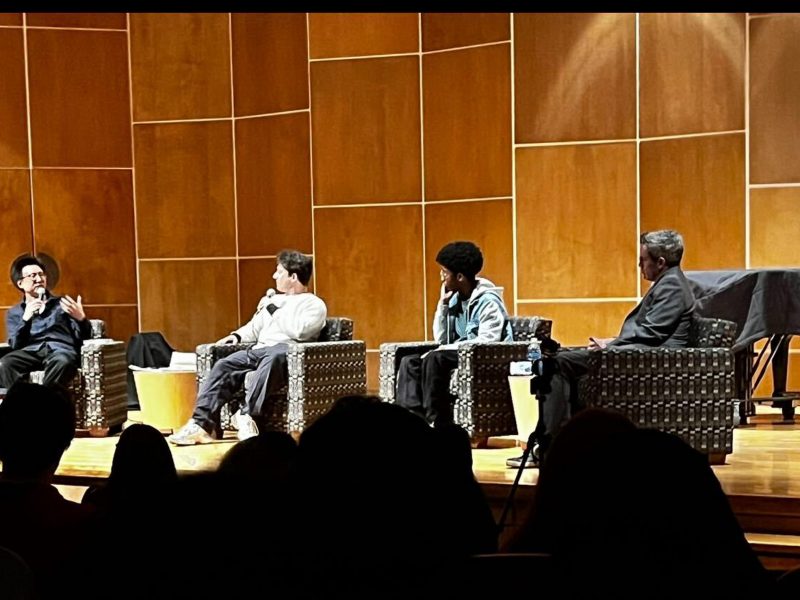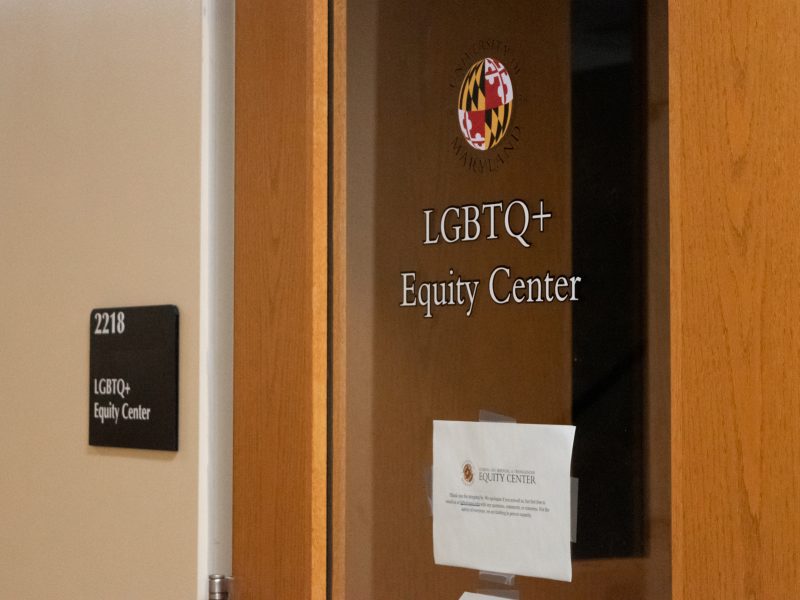The discussion around gender identity and sexual orientation has progressed exponentially in the past decade. Same-sex marriage became legal nationwide only five years ago, and the LGBTQ community continues to fight for equal rights. With this constant push for change, some can only imagine the struggles of coming to terms with your gender identity during the late 1960s and 1970s.
GenderQueer: A Story From a Different Closet offers an eye-opening view into the upbringing of a gender-nonconforming person in an era when many people didn’t know such an identity existed. In the memoir, Allan D. Hunter tells his story through a character named Derek Turner. GenderQueer chronicles Hunter’s adolescence, leading up to college where he realizes his true identity.
Hunter is effective in pinpointing certain moments growing up where he felt like a distinct “other” compared to his peers. He recalls how in elementary school, his disdain for the boys motivated him to separate himself from them completely. Hunter didn’t like the constant assumption from teachers that boys were troublemakers. To remove himself from the stigma, he made a solid effort to respect authority figures and associate with the girls in his grade more.
As Derek matures, he discovers new ways that he differs from most of the kids his age. He adopts the counterculture aesthetic of being mellow, aloof and smoking cigarettes. These rejections of typically masculine traits help tell the story of Hunter’s coming-of-age. But unfortunately, a lot of this rejection is buried by minor details of his upbringing that get in the way of the story. The memoir includes a lot of information from Hunter’s childhood that isn’t crucial to the overarching theme.
[Read more: Review: MTV’s ‘No Filter: Tana Mongeau’ is more filtered than I hoped]
For example, Derek’s experience joining the Boy Scouts is significant because it marked a moment where he started to feel included. This motif is important to the plot — but the constant reference to what happens in each Scouts meeting is not.
GenderQueer is divided into four parts, with subsections that serve as chapters. The presentation of these sections could be refined more to organize the different stories Hunter shares.
Multiple chapters try to focus on a wide variety of scenes from Hunter’s upbringing. This is done in a confusing manner, switching to three completely different moments in a matter of four or five paragraphs, and this rapid change of topics makes Hunter’s thoughts feel incomplete.
In a moment where one of Derek’s close friends asks him incessantly about his masturbation habits, he takes it to the next level by asking Derek if he can show him. There is no further elaboration on this moment as the next paragraph jumps to his school choir rehearsing Christmas carols. An extra few sentences of reflection could have wrapped up the paragraph effectively. Instead, readers are just left in the dark.
As the memoir progresses into Derek’s young adulthood, his thoughts about why girls aren’t interested in him become more consistent. Derek questions how he’s dressing, and why people perceive him to be homosexual. Hunter succeeds at portraying these thoughts in a frantic nature. They reflect years of confusion, leading to an apex of realization. Derek gains some clarity as he reads a self-help book about gender identity.
Hunter’s choice to wrap up his memoir around the same time he came out as genderqueer was a good one. It serves as an answer to the questions that dominate Derek’s mind from elementary school all the way to college. Derek played the outcast role in a variety of ways growing up, but his realization that he was gender-nonconforming finally answered those pestering questions.



